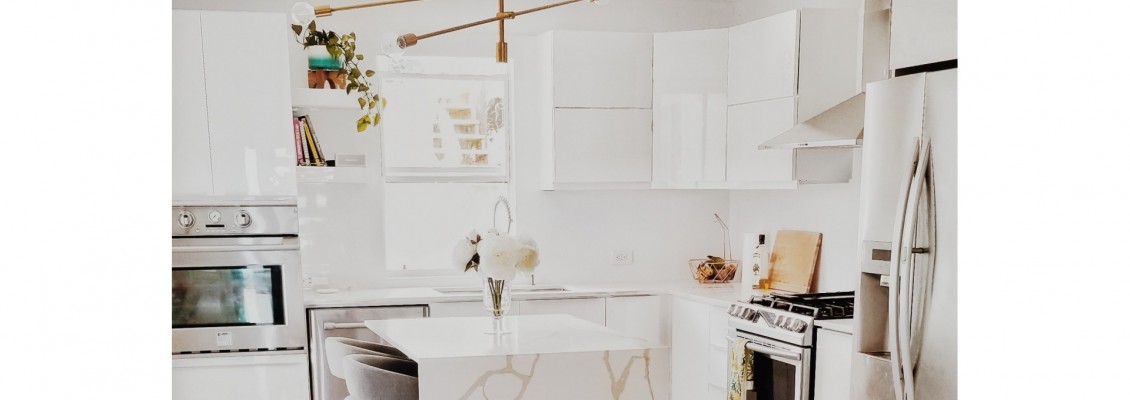
One of the difficult decisions when designing a space is its lighting. It is a complex choice because the lamp as an object contributes to the decoration, but also to the general aesthetics based on its lighting effect. While unlike the other objects such as furniture and decorative elements it is necessary to be able to exist inside the space safely, at least from the afternoon onwards.
So during our choice we have to consider several factors.
The aesthetic part.
The lamp is an integral part of the decoration of our space. This means that it must be consistent with the general style of the furniture and decorative elements. We must not forget that even the most beautiful lamp can look "foreign" in the wrong place. If the general style of our home is minimal, we must avoid the neoclassical gilded pendants that bring to mind past decades. On the contrary, in a classic house with heavy furniture, we must avoid Scandinavian design lamps. On the other hand, however, a classic chandelier is an exception, as we can find it in any kind of style to coexist harmoniously in the space.
The technical part.
Although the aesthetics of a lamp is a decisive factor in our choice, we must not ignore its real role. The "amount of light" must cover our needs without over-stimulating us, or hypnotizing us when it is below the standard limits. When we are in a store it is difficult to understand if it does something or not for our home, as there are always other lights nearby that affect our vision. There we tell the seller the square footage of, for example, our living room so that he can guide us to options that meet our needs, as well as the result we wish to have.Finally, consumption is an important factor to consider in our choice, where LED lamps in recent years have had their due, leaving behind incandescent and fluorescent lamps.

Leave a Comment